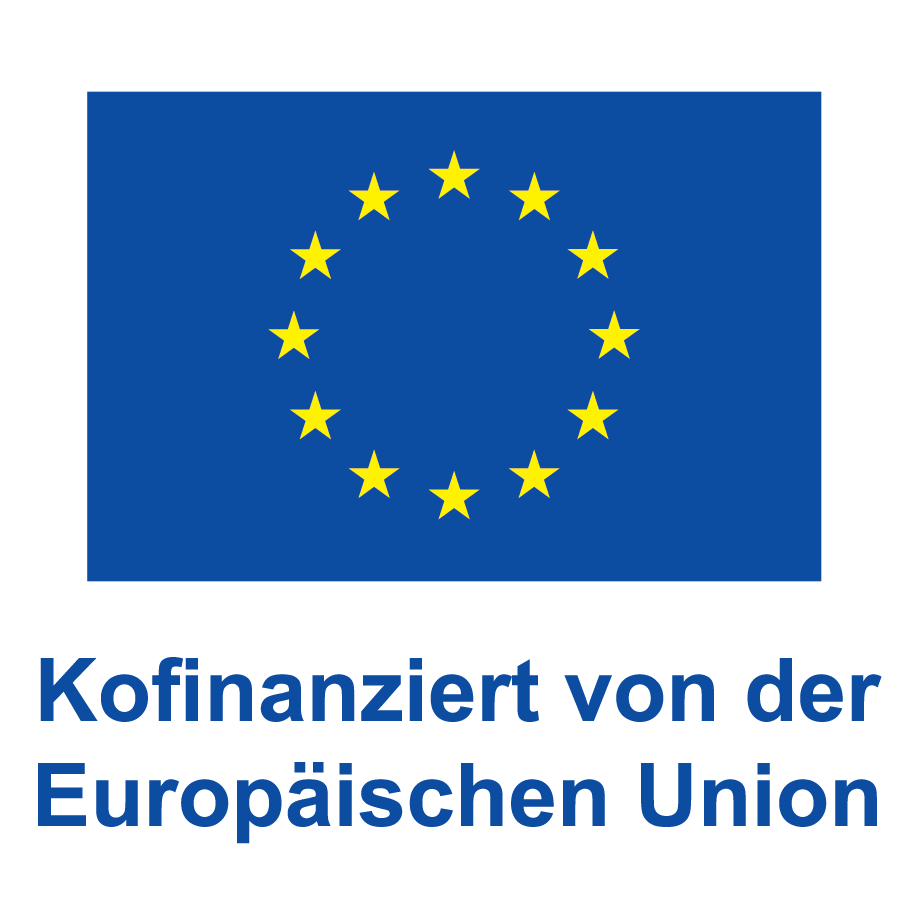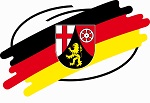About LEADER.
LEADER is...
an european funding program that pursues a methodical approach to regional development. Local stakeholders are given the opportunity to help shape their region through active participation. This begins with the joint development of a strategy and ends with the implementation of selected projects.
In the current funding phase (2023 – 2027), there are a total of 372 LEADER regions in Germany, 21 of which are in Rheinland-Pfalz.
The following short video explains in simple and understandable terms what LEADER is and how the regional development method works in its basic features.

How does LEADER work?
LEADER funding is only possible within a LEADER region. These areas represent a coherent unit that spans municipalities and, in most cases, districts, which pursue common goals due to their natural, cultural or economic similarities and challenges.
To become a LEADER region, a region applies with an integrated rural development strategy (LILE). The LILE shows which goals the region would like to achieve in the next funding period, how these goals are to be implemented and what results are expected. Citizens are already involved in the regional development process when the LILE is being drawn up in order to develop approaches that suit the region and its citizens.
Of course, a LEADER region also needs a representative. This task is performed by the Local Action Group (LAG). The LAG is made up of various people from the region and brings together a broad spectrum of stakeholders such as citizens, people from the private and social sectors and public institutions. It is important that the distribution of public and non-public partners is balanced and that each LAG member has an equal vote. During the funding period, the LAG, together with the regional management, is responsible for the implementation of the LILE.
Associations, private individuals and public institutions can assume responsibility as project sponsors in the region and contribute to strengthening various areas by implementing a project idea. Whether a project can be funded is primarily determined by its compatibility with the LILE. The evaluation criteria are always clear and the selection process transparent. Everything is based on the bottom-up principle. “From the bottom up” means that local people take the development of their region into their own hands and receive the necessary financial support. Co-determination and initiative are the two key words. The LEADER approach assumes that local knowledge and regional identity produce solutions that are tailored to the context of the region and are supported by the citizens in the long term.
Projects are submitted in so-called project calls and are best prepared with the support of the regional management.
Verbandsgemeindeverwaltung Linz a. Rhein
Geschäftsstelle LAG Rhein-Ahr
Am Schoppbüchel 5
53545 Linz am Rhein

